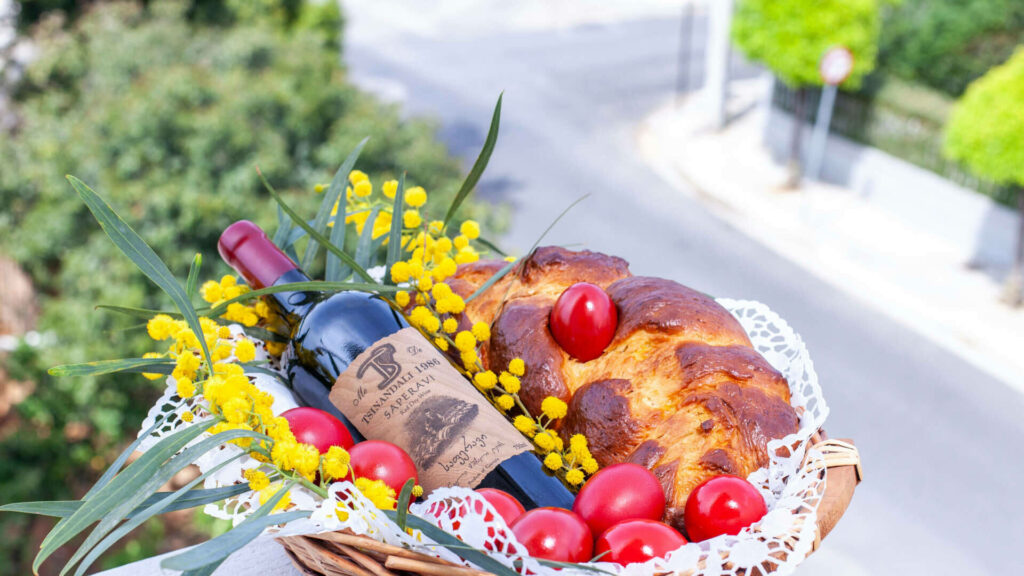NEWSLETTER
Get the best of Neos Kosmos delivered to your inbox
By subscribing you accept our Terms of Service and Privacy Policy.
By subscribing you accept our Terms of Service and Privacy Policy.

News –
A nurse who was struck by a Tesla in a hit and run says she has irreversible brain damage because of the accident. According to The Age, 26-year-old Nicole Lagos …

Life –
VIC Monthly MYTH meet-ups Monthly MYTH meet-ups are an ongoing opportunity for young people curious and passionate about mythology to explore and enter this wonderful world. Each month they explore …

Sport –
Thanasi Kokkinakis has been left reflecting on another frustrating loss to rising British star Jack Draper on what proved a tough day on clay for the Australian men at the …
News –
In his message marking Anzac Day, Archbishop Makarios of Australia reminded Australians of the importance of reflecting on history to find inspiration in selflessness and sacrifice in a world governed …
News –
Thousands of Australians have gathered at dawn services around the country to commemorate the sacrifices of service men and women past and present on Anzac Day. In Canberra, a single …
News –
Australian inflation has come in hotter than expected, with price increases hitting a broad array of categories including rents, education and medical bills. Annual inflation is still tracking in the …
News –
The cost of rebuilding in Greece after last year’s destructive floods, which killed 17 people and destroyed essential infrastructure, will exceed three billion euros ($3.2 billion), the prime minister said …
Sport –
The NPL is heating up this week with enough drama to make Netflix jealous. We’re on the eleventh matchday and the Greek Australian teams are slaying the competition like a …
News –
More than 70 people gathered at Philhellene Restaurant last Friday, to raise funds for Food for Thought Network’s (FFTN) global conference for women in Greece. Attendees included Greek Australian individuals, …
News –
The end of the month sees pictorial exhibition ‘From Imbros Over the Sea’ brought to Brisbane’s Greek Club by the Greek Orthodox Community of St George Brisbane. This follows on …
News –
The life and work of Lord Byron, particularly his connection with Greece, was the focus of a recent event by the Hellenic Lyceum of Sydney as they contributed to the …
News –
Greek police on Monday made 60 arrests over hooligan violence that killed a riot officer during a volleyball game in December, the country’s police chief said. “Our commitment to combating …
Sport –
Olympiakos beat AC Milan 3-0 in the UEFA Youth League final on Monday, with victory in Europe’s under-19 football competition making them the first Greek club to win a UEFA …